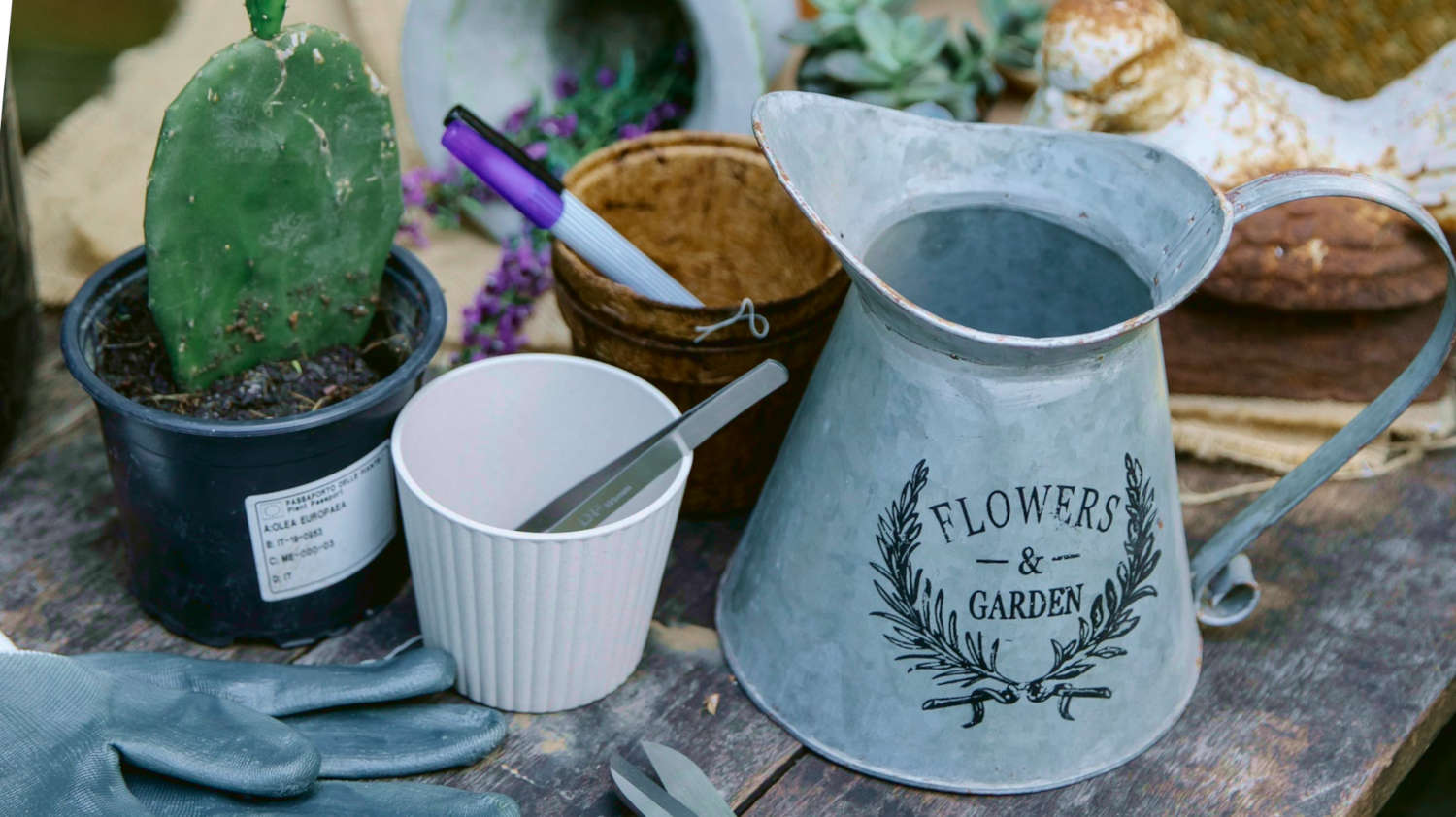Transplanting Cactus
Cacti are low maintenance plants that can be cared for in even the driest of environments. These plants generally grow slowly and only need repotting every three to four years or when your cactus has clearly outgrown the pot it resides in.
![3 cacti with planting shovel on rustic table [high contrast]](https://spikeandbloom.com/wp-content/uploads/2023/08/3-cacti-with-planting-shovel-on-rustic-table-high-contrast.jpg)
Although a cactus rarely needs repotting, it does not necessarily mean that you should not learn the best ways in transplanting your plant.
Tools used in Transplanting Cacti

- Gloves – gloves are important when handling cacti to protect your hands from the spines and spikes
- Planter – a planter or pot where you’ll be placing your cactus in
- Potting Mix – a new potting mix filled with nutrients and is porous enough for water to be drained
- Scissors or Shears – this tool is used to trim unhealthy roots found in your plants
- Root Prod/Stick – a chopstick, fork, or popsicle stick can be used to remove old soil from around the cactus roots
Steps When Transplanting Cacti

- Prepare all the necessary tools and supplies you will need before uprooting your plant. Always make sure to have gloves when handling cacti. If gloves are not readily available, wrap your cactus in newspaper or a towel to protect yourself from the spikes and spines.
- When removing your cactus, loosen the soil on the edges of the pot before digging the plant out. Remember to protect yourself from the spines of the cactus to prevent injury. Carefully check the roots of your plant and clean off any excess dirt attached with some kind of clean root prod. You can use a chopstick, fork, or popsicle stick to accomplish this. It is a good idea to check to the roots of your cactus while it is exposed. This will give you a chance to properly inspect the plant for any pests or diseases. Remember to cut off any dead or infected roots and apply fungicide after.
- Choose a suitable and large enough pot for your cactus to grow and flourish in. A clay or terracotta pot is best if your cactus is prone to overwatering. Always make sure to grab a pot with good drainage to prevent your plant from drowning in water. Before placing your cactus in its new home, remember to put in a new cactus soil mixture at the bottom of the pot.
Caring for Newly Transplanted Cacti

Once your cactus has been placed in its new home, remember to monitor your plant’s condition. Do not immediately water your cactus after it has been transplanted. Give your plant time to acclimate to its new living conditions. It is recommended to only water your cactus a week or so after being replanted. It is also important to place your cacti where it can receive the same amount of sunlight and nutrients similar to its previous location. Too much change, too quickly is always dangerous to any plant’s transplantation.

